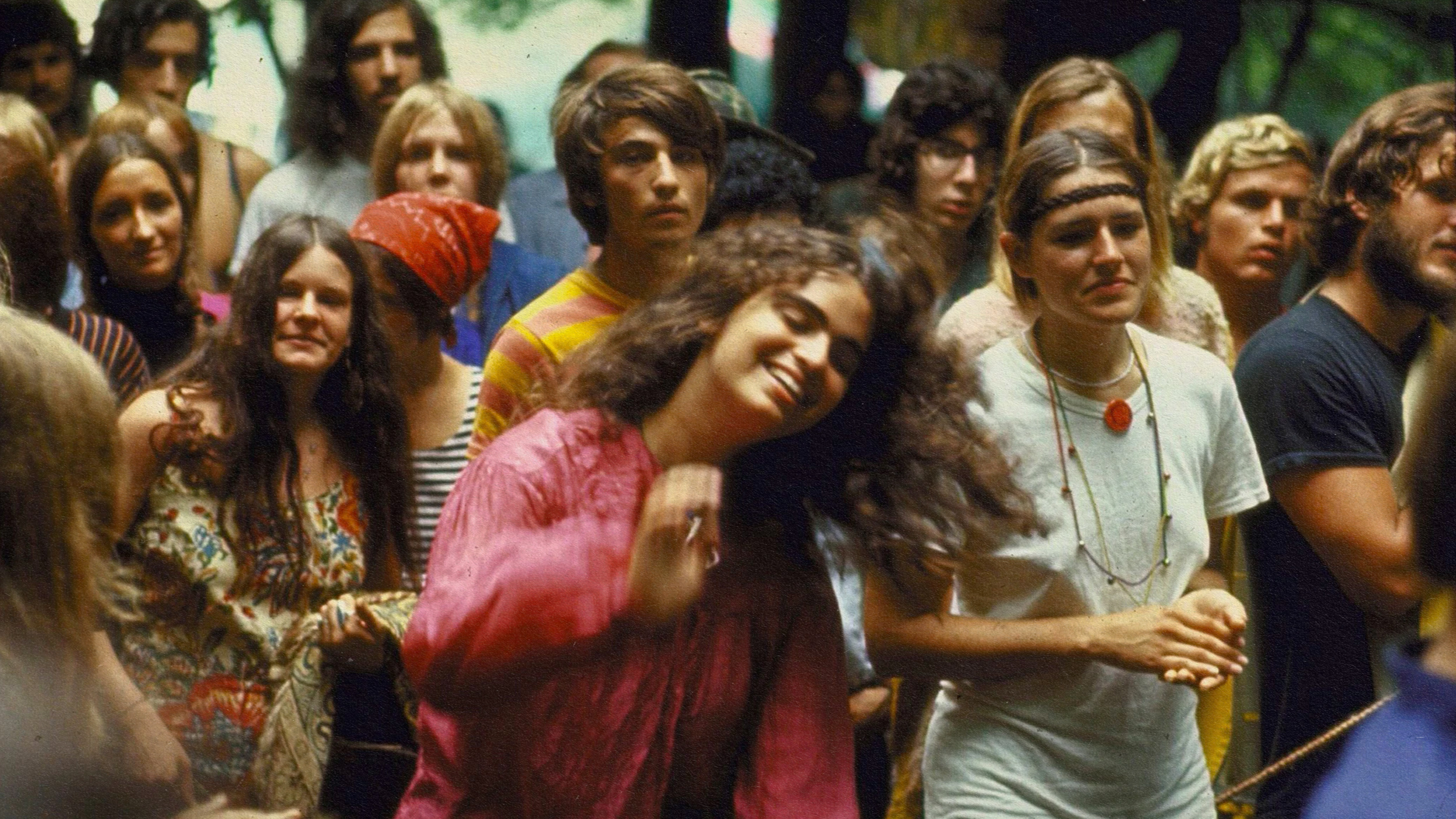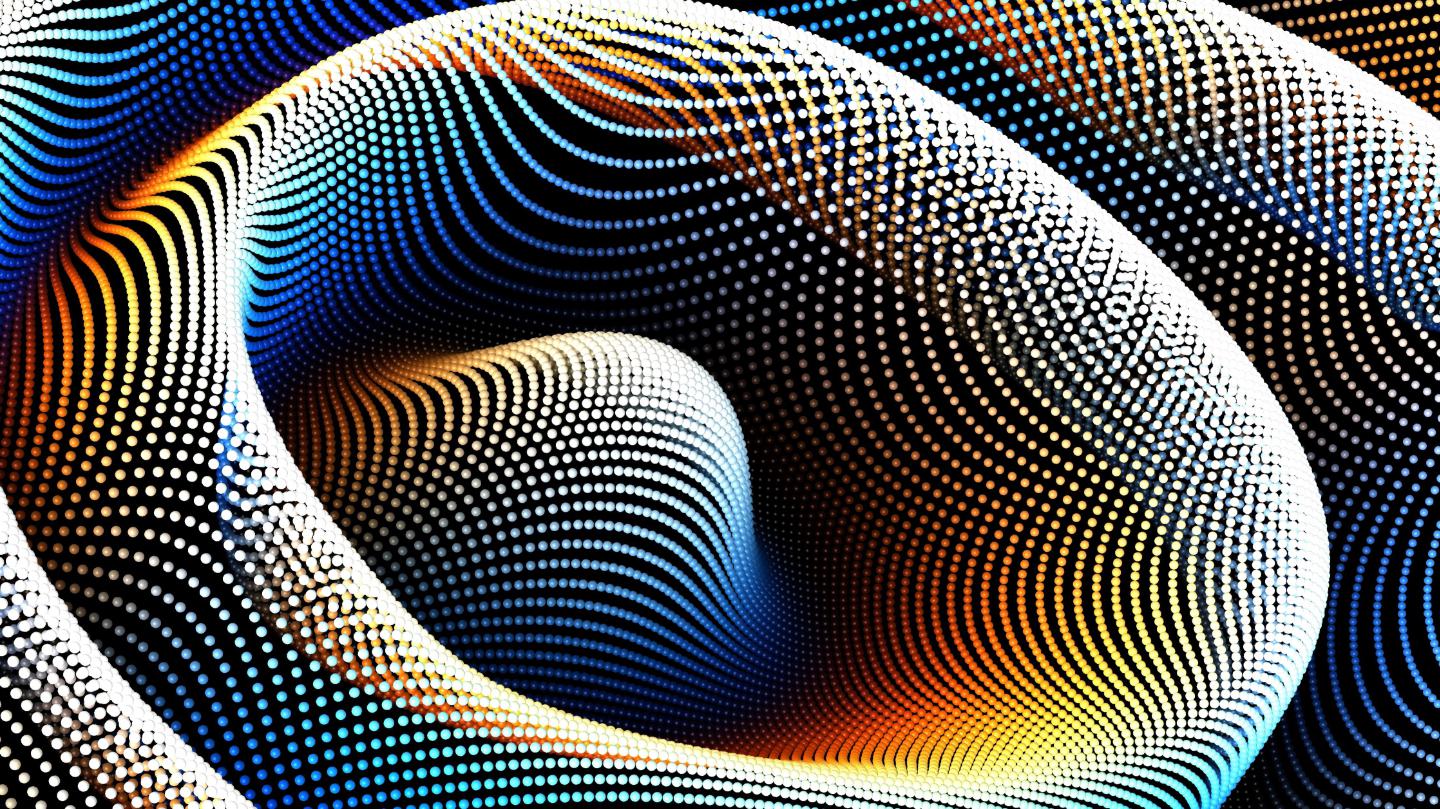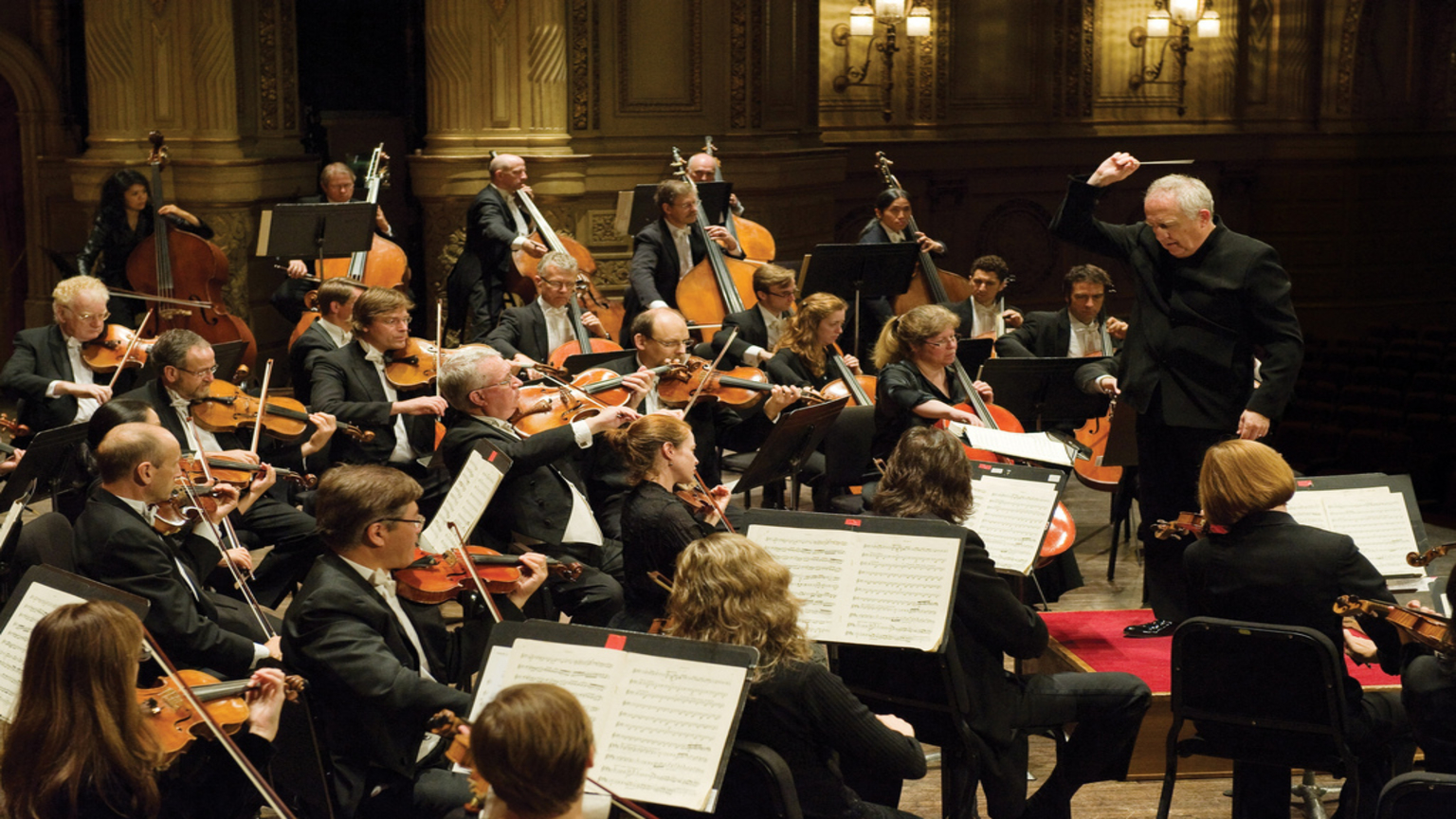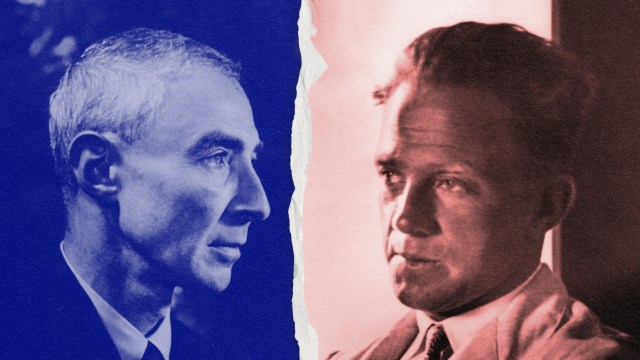This 715-song playlist is scientifically verified to give you the chills, thanks to “frisson”

- A feeling of “frisson” can be elicited by the music of artists as disparate as Johnny Cash, Metallica, Céline Dion, and Mozart.
- One possible explanation for the phenomenon is that it results from a violation of expectations.
- Regardless of the ultimate cause, music and “frisson” are so powerful because they remind us what it is like to be alive.
It’s 2006. I’m on the school bus listening to my iPod, when on comes Johnny Cash’s “Hurt.” The song begins softly, a wistful Cash singing of loss and regret over sparse acoustic plucking.
As a freshman in high school, I know nothing of the song’s mature themes of aging and death. But about halfway through the song, something happens. The guitar and piano increase in volume, and Cash’s voice starts to crescendo. I feel the hairs stand on the back of my neck. A warm shiver runs up my spine, and goosebumps appear on my arms. It feels like something important is happening. I don’t know what exactly. But something is coming.
At the moment I expect the song will decrescendo, as it had in the previous chorus, it doesn’t. Cash’s voice wails over a pounding piano and guitar that threatens to blow out my headphones.
Suddenly, my body is seized by a rapturous electricity; my mind is invigorated by an indescribable fusion of ecstasy, awe, despair, and longing. And in an instant, I realize something deep in my bones:
This is what it feels like to be alive.
The physiology of frisson
There is a word that describes this common human response to music — a word for “that moment” when a song pierces your body and soul. It’s called “frisson,” and it’s the reason why music from artists as seemingly disparate as Johnny Cash, Metallica, Céline Dion, and Mozart are all featured on a scientifically-backed playlist of songs that researchers claim are likely to give people “chills.” The 715-song playlist was curated by a team of neuroscientists and is available on Spotify.
“Frisson” derives from French and is “a sudden feeling or sensation of excitement, emotion or thrill,” and the experience is not confined to music. Historically, frisson has been used interchangeably with the term “aesthetic chills.”
According to a 2019 study, one can experience frisson when staring at a brilliant sunset or a beautiful painting; when realizing a deep insight or truth; when reading a particularly resonant line of poetry; or when watching the climax of a film.
Researchers often describe frisson as a “piloerection” (or “skin orgasm”) noting that the experience retains similar “biological and psychological components to sexual orgasm.” Some refer to frisson as “pleasurable gooseflesh,” while others maintain that the definition should expand “to include other perceptible, non-dermal reactions such as tears, lump-in-throat sensations, and muscle tension/relaxation.”
While it is understood that appreciation of beauty is central to what makes us human, it is not clear to researchers what evolutionary advantage this sensitivity could have given our species. The current consensus is that it has something to do with our need to understand our environment:
“Aesthetic chills correspond to a satisfaction of humans’ internal drive to acquire knowledge about the external world and perceive objects and situations as meaningful. In humans, this need to explore and understand environmental conditions is a biological prerequisite for survival.”
What causes frisson?
In his 2006 book Sweet Anticipation, musicologist David Huron offers a compelling explanation for why we experience such powerful responses to music. He calls it “contrastive valence theory,” in which feeling states are strongly influenced by contrast.
“If we initially feel bad, and then we feel good, the good feeling tends to be stronger than if the good experience occurred without the preceding bad feeling.” This is due to a regulatory process called “cognitive appraisal,” in which our minds use cognitive and linguistic processes to reframe the meaning of a stimulus. Huron uses the idea of a surprise party to illustrate this phenomenon:
“When a person is unexpectedly surprised by her friends, the first response is one of terror: her eyelids retract and her jaw drops. But within half a second, fear is replaced by happy celebration as the individual recognizes her friends and the positive social meaning of the event.”
According to Huron, when the appraisal response confirms that there is no threat, contrastive valence transforms the negative feelings into something positive.
Consider Metallica’s “Master of Puppets” (one of three Metallica songs featured on the curated playlist). It is understandable if your immediate emotional reaction to the song’s shocking intro is one of fear and foreboding. But thanks to “cognitive reappraisal,” that initial adrenaline rush can be transformed into something positive when you realize that you are safe, and that it is music making you feel this way.
Also, notice how this experience is related to how our brains anticipate. This ties into Huron’s larger argument in Sweet Anticipation, which is built upon ideas popularized by renowned music psychologist Leonard Meyer.
The emotional power of violated expectations
According to an article in Frontiers in Psychology, “Expectancy violations (e.g., harmonic, rhythmic, and/or melodic violations) are strongly correlated to the onset of musical frisson, such that some level of violated expectation may be a prerequisite.”
Our minds, which evolved to predict future outcomes to ensure our survival, are always anticipating how something will play out. And when our initial predictions are wrong, depending on the situation, we can feel anything from anger to surprise to frisson.
Thinking back to my experience of listening to Johnny Cash, it was at the precise moment the song “violated my expectations” that I felt frisson. When I anticipated that the song would decrescendo, it crescendoed even more. And, as Huron’s book discusses, the most reliable indicator of musical frisson is an increase in loudness.
Other reliable indicators include the entry of one or more instruments or voices; an abrupt change of tempo or rhythm; a new or unexpected harmony; and abrupt modulation. Music psychologist John Sloboda found that the most common types of musical phrases to elicit frisson were “chord progressions descending the circle of fifths to the tonic.” This is a deeply affecting chord progression common in many of Mozart’s compositions.
Some researchers have also noted how the “human scream” can induce musical frisson. Huron writes:
“The adult human scream displays a disproportionate amount of energy in the broad 0-6 kHz region, where human hearing is best. A human scream is the sound humans can hear at the greatest distance.”
There are few things more powerful (or traumatic) than a human scream, and professor William O. Beeman, in his work Making Grown Men Weep, notes how professional singers (particularly opera singers) exploit this auditory sensitivity.
Consider the soaring choruses in Celine Dion’s “My Heart Will Go On” or Adele’s “Hello” or John Lennon’s screams in The Beatles’ “Twist & Shout” (all featured on the playlist). Or listen to Merry Clayton’s legendary backing vocals on the Rolling Stones’ “Gimme Shelter.”
On YouTube, there is a clip from the 2013 film 20 Feet From Stardom in which Clayton’s vocal track is isolated. If you scan the comments section, you will see many people citing Clayton’s vocal as the reason behind the song’s power — particularly the accidental crack in her voice as she screams “murder.” Her howls are activating a primal response in us.
It should be noted that there are many different disciplines outside of evolutionary biology that offer compelling explanations of frisson, ranging from the anthropological (Jeanette Bicknell’s Why Music Moves Us) to the ethnomusicological (Judith Becker’s Deep Listeners) to the psychosocial study of “emotional contagion” (Patrik Juslin’s “Toward a Unified Theory of Musical Emotions”).
And Huron’s contrastive valence theory can help us better understand what is going on behind the scenes when we experience this profound emotional state. By stimulating and exploiting our primitive threat-detection systems, music activates deeply embedded neural networks that have evolved over millions of years. It’s no wonder why we feel songs so deeply in our core: Music reminds us what it is like to be alive.





